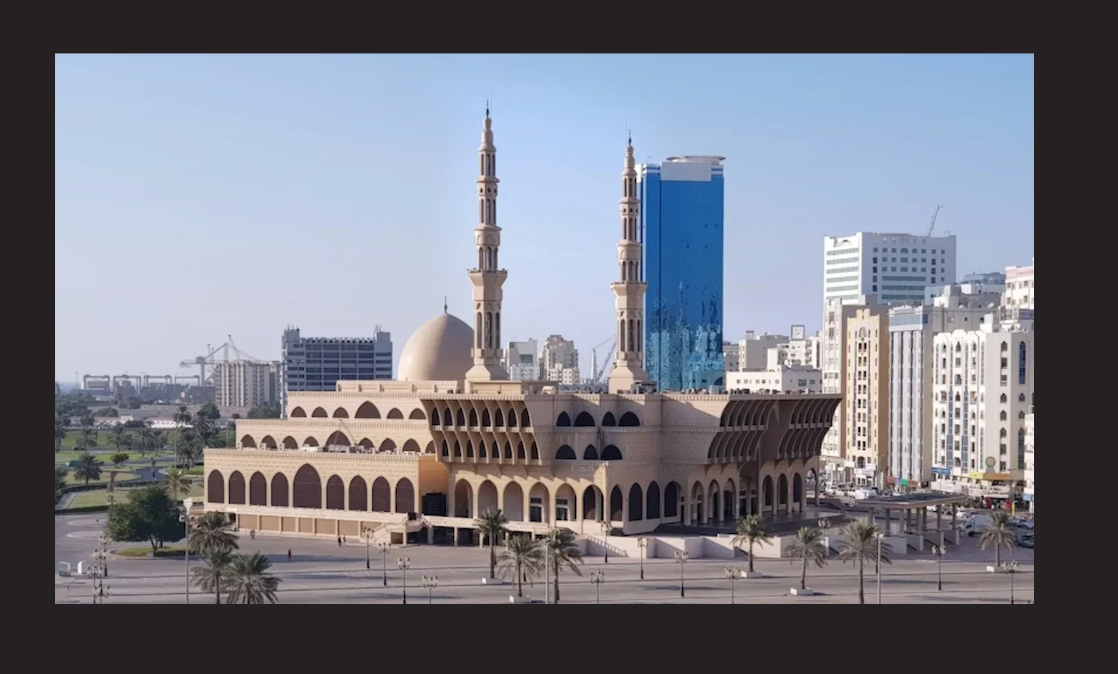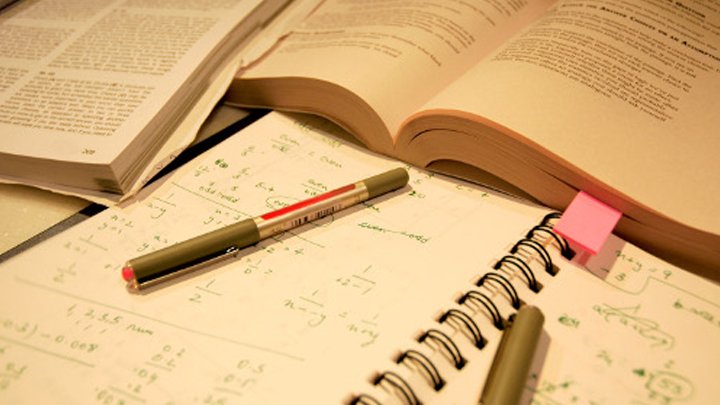Neeraj Chopra’s gold medal is the first-ever for the country in athletics at Tokyo, after 100 years. From the times of Imperial Rome to modern-day America, the eagle stands as an enduring symbol of power, strength and grace
Right now, 23-year-old debutant Olympian Neeraj Chopra soars high above the clouds like an eagle. On the ground, India and the world exults in this Haryana lad’s gold at the Tokyo Olympics – the first-ever for the country in Athletics, after a wait of 100 years
This is also India’s highest ever tally of seven medals at the Tokyo Games – one gold, two silver and four bronze.
Superlatives pale away into insignificance to describe what this ‘Wonder Boy’ from Panipat has achieved. Or how his javelin flew high and true – straight into the pages of history – with a throw of 87.58 m. A new avatar for Indian sports had just made his presence known as he strode away, a solitary figure of power and grace.
Leading the way forward in felicitating Neeraj, Haryana Chief Minister ML Khattar has announced a cash award of Rs. 6 crores.
“We will be building a Centre of Excellence for athletes in Panchkula, where he will be the head if he wants. He will be given a plot with 50% concession, like other players,” he added
Punjab CM Capt. Amarinder Singh has also announced a special cash reward of Rs.2 crores. He said as a serving soldier, he has made India proud.
Neeraj’s is currently serving in the Indian Army’s 4 Rajputana Rifles.
The BCCI (Board of Cricket Control in India) has also announced a cash award of Rs. 1 crore. Neeraj will also get a cash award of Rs. 1 crore from three-time IPL Champions, Chennai Super Kings.
Very much like an eagle, Chopra exudes power and grace. His athletic prowess bringing him victory at the ultimate arena of sporting excellence, but tempered evenly with warm and gentle humility.
After his second throw itself – his defining moment of glory and a gold on Saturday – Neeraj said in a moment of jubilation: “I could sense it was exceptional”.
If at all there was any problem it was to do with his body clock.
He explains: “I had arrived only a couple of days earlier from Sweden after a month’s training. On account of the 7-hour time difference I was used to sleeping later and accordingly waking up late too. My requests to the Japanese officials went unheeded; they would wake me up at 5.45 am for the dope test”.
India’s Javelin coach, German national Uwe Hohn, had predicted after the star javelin thrower’s Asian Gold win at Jakarta: “A medal at Tokyo is not beyond him. He is already one of the best in the world”.
Everything is so different when he is throwing: Sinew, muscle and brawn suddenly explode in a symphony of athletic beauty and strength.
If Neeraj were in ancient Greece, there can be no doubt the bards would have sung paeans about him as a demi-god or Titan perhaps, an immortal symbol of manly perfection and virtue.
From the times of Imperial Rome to modern-day America, the eagle has remained a majestic symbol of power and strength.
But what a transformation from an overweight 10-year-old, son of a simple farmer, to an epitome of athletic grace; what a journey of 13 years to get his gold medal together with a deluge of accolades from the top leadership in the country and sportspersons.
A quick glance at his performance at the Games shows his world-class calibre. His throw for gold stands at 87.58. In the qualifiers itself, he made a direct entry into the finals with a throw of 86. 65m, way above the Olympic qualifying mark. It was a shade less than Czech silver medallist Jakub Vadlejch’s throw of 86.67m, while compatriot Vitezclav Vesely won bronze with 85.44m.
His other records speak for themselves:
*Current national record holder (set earlier in 2021): 88.O7m
*Current World Junior record holder (2018): 86.48m
*Between 2021 and 2016, Neeraj has won 8 medals – two golds, including the recent one at the Tokyo Games, and six silver.
Klaus Bartonietz, Neeraj’s German coach, says: “His greatest asset is his innate athleticism. There are javelin throwers who are stronger but don’t throw as far. You need to use your body like a bow; need to use your body’s elasticity in your throws, and not just brutal power”.
German national Uwe Hohn, India’s Javelin coach, had predicted after the star javelin thrower’s Asian Gold win at Jakarta: “A medal at Tokyo is not beyond him. He is already one of the best in the world”.
As a javelin thrower, no one has ever been able to equal Hohn’s record throw of 104.80 m on July 20 (Olympic Day), 1984, at an athletic meet in Berlin. He couldn’t participate in the 1984 Los Angeles Olympics because East Germany had decided to boycott the Games that year.
In Hockey, both the men and women’s teams showed extraordinary grit and mental toughness. The boys in blue retrieved India’s hockey glory and pride after 41 years.
In a thrilling see-saw battle, the Indian team beat Germany 5-4 in a close finish to win the Olympic bronze.
The Indian women showed their fighting spirit and resilience to go down fighting to Great Britain 3-4, after leading 3-2 around half time and had to settle for fourth place.
Prime Minister Narendra Modi had sent a personal message to the inconsolable girls’ team, saying they had “won the hearts of every citizen in the country with their brilliant fighting spirit”.
The total tally of 7 medal winners at the Tokyo Olympic Games, and the highest so far are:
*Neeraj Chopra (Gold – Athletics)
*Mirabai Chanu (Silver- weightlifting)
*Ravi Kumar Dahiya (Silver – wrestling)
*PV Sindhu (Bronze – Badminton-)
*Lovelina Borgohain (Bronze-Boxing)
*Bajrang Punia (Bronze-Wrestling)
*Hockey men’s (Bronze)
With this year’s performance and the highest tally of seven medals so far, the Indian contingent at the Tokyo Olympic has brought resounding honours to the country. And in the process, it has admirably lived up to the Olympic Games’ best traditions, spirit, and motto – Faster, higher, stronger.









